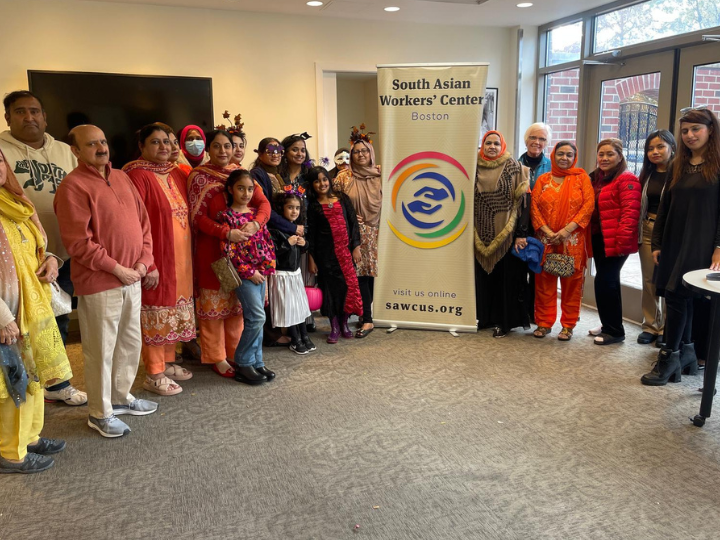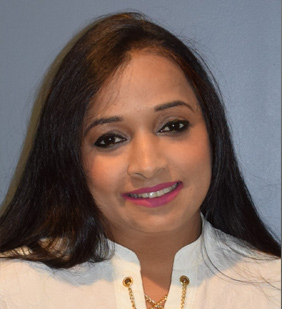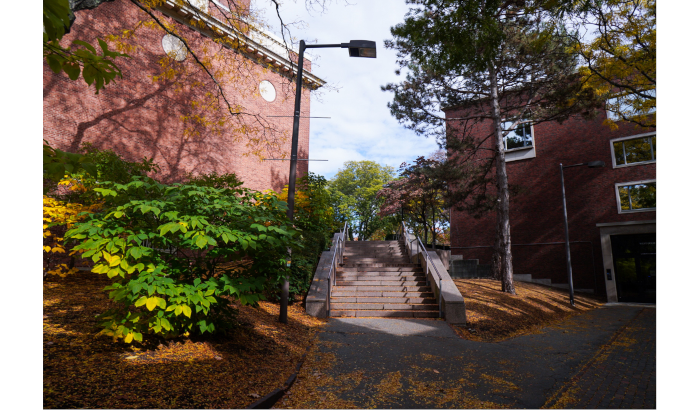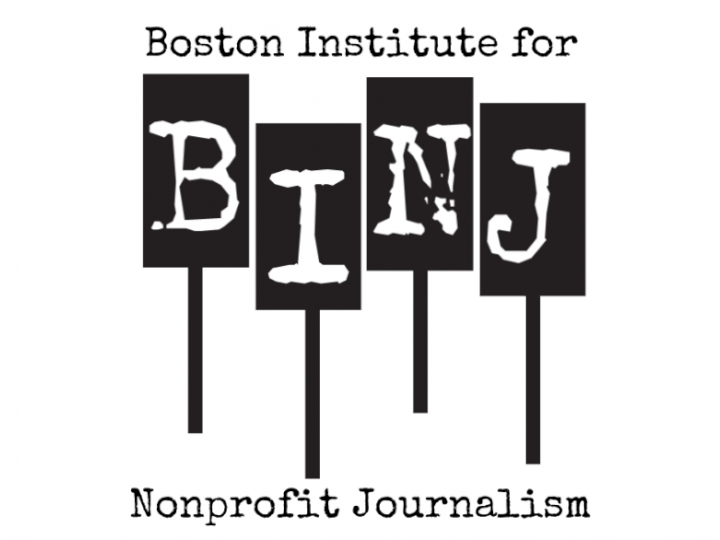“At our 2024 Halloween event, the South Asian Workers’ Center celebrated the holiday with a unique twist”
Halloween, a holiday with roots in ancient Celtic tradition, has evolved into a global celebration with diverse cultural expressions. Originally a festival marking the end of summer, it has morphed into various forms across the world. In Mexico, it’s observed as Día de los Muertos, a poignant time to honor ancestors. In the United States, children engage in the beloved tradition of trick-or-treating, while adults often host costume parties and carve pumpkins. Despite these varied customs, Halloween consistently fosters a sense of community and shared joy, whether through gatherings with loved ones or broader community events.
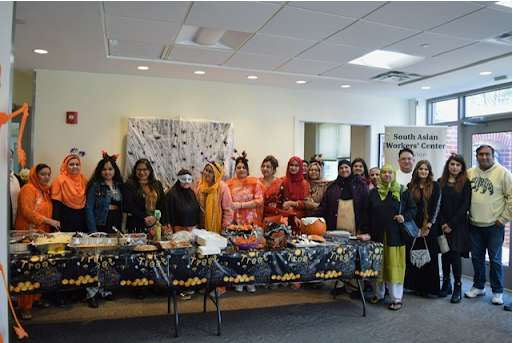
At our 2024 Halloween event, the South Asian Workers’ Center celebrated the holiday with a unique twist. We brought the community together to share South Asian-inspired Halloween dishes, creating a festive atmosphere. Children donned costumes and enjoyed trick-or-treating within the center. The menu featured creative culinary delights like “bhootiya samosas” (ghosted samosas), “spooky salmon,” and chicken biryani served out of a jack-o-lantern. Colorful vegetable pulao, prepared by Jackie, added a vibrant touch.
Reflecting on the event, Jackie, our treasurer, shared her perspective on what being part of SAWC means. She emphasized how food serves as a powerful tool for community building, uniting us through shared meals and cultural exchange. By celebrating Halloween with this unique South Asian flavor, we aimed to honor both American traditions and our rich cultural heritage.
In the face of growing political unrest, fostering camaraderie and unity has become paramount.
This aligns with the unique balancing act many immigrants navigate – embracing their heritage while adapting to a new culture. Our Halloween event exemplifies this balance. By celebrating Halloween with a South Asian twist, we promoted inclusivity by broadening the understanding of this holiday and incorporating diverse cultural perspectives. This approach not only showcased the richness of South Asian culture, dispelling stereotypes and fostering appreciation, but also connected our community with others who celebrate Halloween differently.
Food has long been a cornerstone of South Asian social life, serving as a powerful tool for community building. Sharing recipes and meals goes beyond mere sustenance; it involves women sharing personal stories, offering support, and strengthening their bonds. These culinary exchanges are deeply connected to their cultural identities, allowing them to express their heritage and connect with others. Our Halloween event served as a bridge, fostering intergenerational connections and bridging cultural divides within our community.
A key objective of our event was to foster unity within the South Asian community, particularly by bridging the gap between generations. Children actively participated by creating decorations, while parents and elders contributed delicious food. This intergenerational engagement extended beyond mere consumption; it involved parents showcasing their culinary creativity, sharing recipes with their children, and demonstrating the cultural significance of Halloween beyond just candy and treats.
This shared experience strengthened intergenerational bonds, fostering respect, compassion, and responsibility. Children learned about their cultural heritage, developing a strong sense of belonging within the South Asian community. The naming of dishes like “bhootiya samosas” and “spooky salmon” by a young participant exemplifies the power of intergenerational collaboration and creativity. These interactions not only strengthen parent-child relationships but also reinforce the child’s cultural identity.
Intergenerational learning is crucial for personal and community growth. By fostering these connections, we can create a more unified and resilient community, particularly in the face of current political and social challenges both domestically and internationally.
A key focus of our discussions was the significance of voting in the upcoming election. As American citizens, we have the right and responsibility to participate in the democratic process.
Voting empowers our community by giving us a voice in shaping our future and addressing critical issues that impact our daily lives. Both presidential elections and ballot questions have a direct impact on policies that shape our community.
To ensure informed voter participation, the South Asian Workers’ Center created informative flyers explaining the implications of voting “yes” or “no” on each ballot question. We had Sen. Patricia Jehlen (D-Somerville) and Cambridge City Councilor Sumbul Siddiqui (D) join us. They provided in-depth insights into the election and the stances of each presidential candidate, emphasizing the critical role of voting in amplifying the voice of our community and the importance of understanding the impact of each vote. Educating our community about the impact of new policies on the South Asian working class is critical. Transparency and education are essential for fostering unity and empowering our community to make informed decisions in the face of national and international challenges.
This information will help immigrant community members navigate economic insecurities, particularly those facing financial vulnerabilities. Ensuring equal access to welfare benefits is crucial, especially as these programs face potential risks under the new governmental regime.
To strengthen our community, we plan to organize more events that foster connection and cultural preservation. This includes initiatives like community gardening, cooking classes, recipe sharing, and promoting South Asian culture through ethnic seed banking, spiritual well-being sessions, dance, and musical sessions. We aim to make these activities more meaningful and impactful in the upcoming year.

